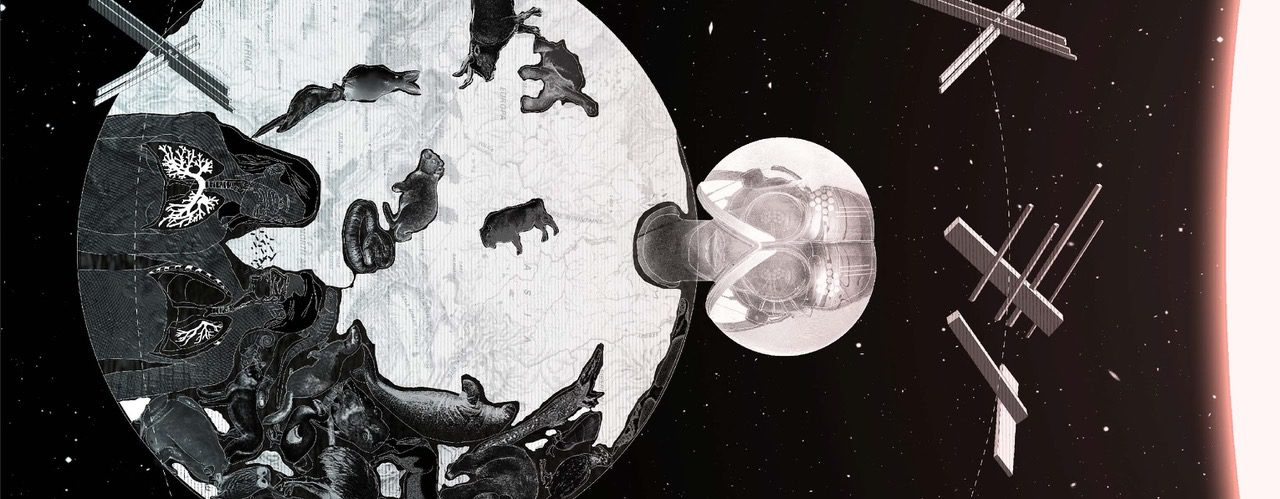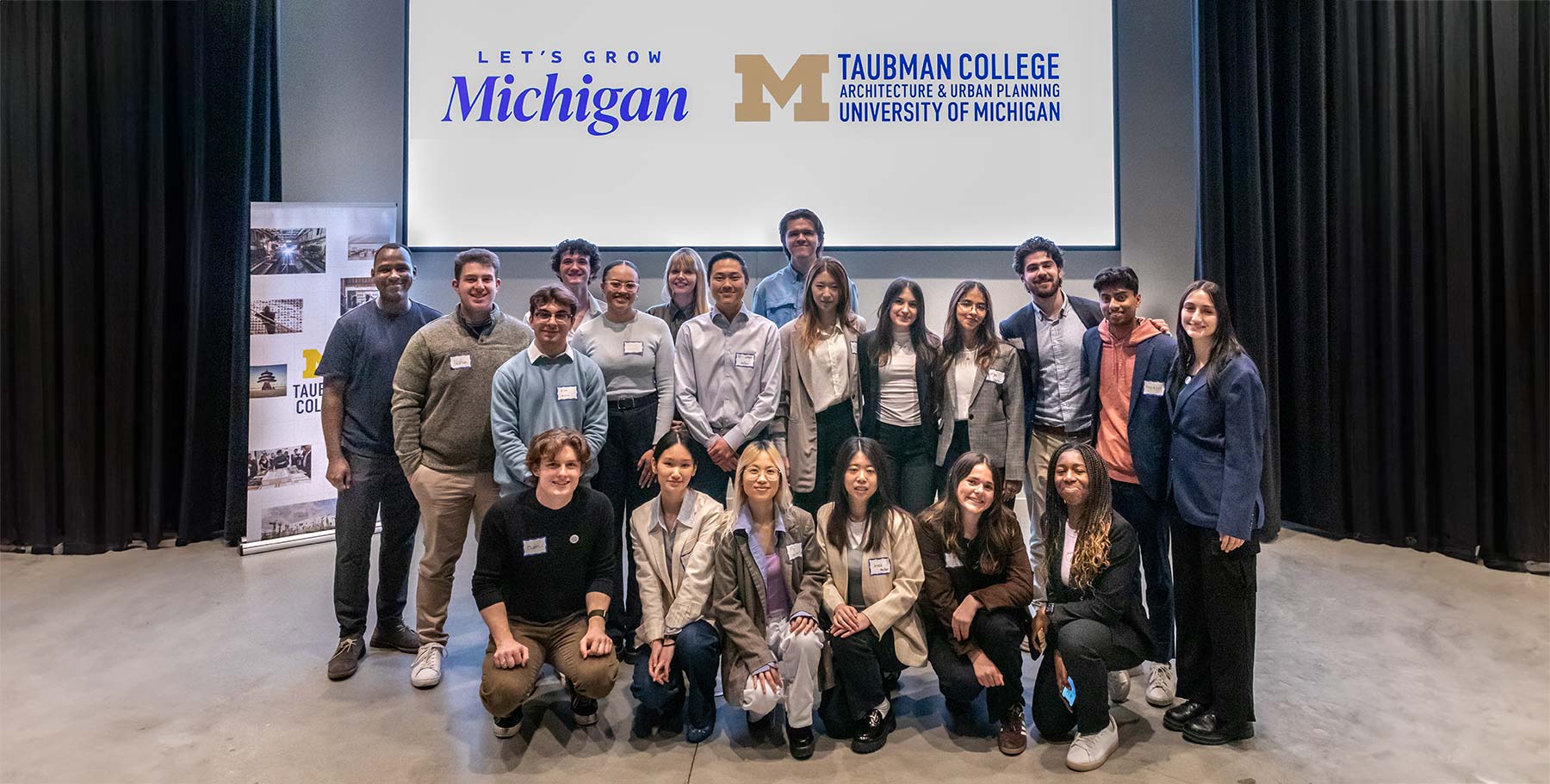El Hadi Jazairy, an associate professor of architecture at Taubman College, was invited to the 17th International Architecture Exhibition – La Biennale di Venezia, curated by Hashim Sarkis.
The 17th International Architecture Exhibition, titled How will we live together?, will run May 22 to November 21, 2021. The Exhibition is organized into five scales: Among Diverse Beings, As New Households, As Emerging Communities, Across Borders, As One Planet.
Jazairy contributed “The Planet After Geoengineering” as part of DESIGN EARTH — the Ann Arbor and Cambridge–based practice that he co-founded with Rania Ghosn. “The Planet After Geoengineering” is part of the As One Planet section of the Central Pavilion at the Giardini.
In the midst of a climate crisis, DESIGN EARTH thinks with and against technologies that counteract the effects of anthropogenic climate change by deliberately intervening in Earth systems. “The Planet After Geoengineering” portrays Earth following the deployment of five such technologies in a series of speculative fictions — Petrified Carbon, Arctic Albedo, Sky River, Sulfur Storm, and Dust Cloud — all while situating such promissory visions within a genealogy of climate-control projects ranging from 19th-century rainmaking machines and volcanic eruptions to Cold War military plans.
“The Planet After Geoengineering” builds the worlds and tells the stories of geoengineering in three narrative media: drawing, animation, and book.
Twenty-five drawings are assembled into one planetary section from the deep underground into outer space. The installation is part of the As One Planet section in the Central Pavilion at the Giardini.
An animation weaves together graphic and textual narratives with a music score by Christine Southworth and Evan Ziporyn. The project animation will screen online for the opening weekend, through Sunday, May 23, 2021. Watch the film here.
The book is a graphic novel in five chapters along with three critical framing essays by geographer Kathryn Yusoff, theorist Benjamin Bratton and climate intervention researcher Holly Jean Buck. The Planet After Geoengineering is published by Actar and with design assistance from Office of Luke Bulman. Learn more about the book here.
DESIGN EARTH created “After Oil” for the Kuwait Pavilion at the Biennale Architettura 2016. For the Biennale Architettura 2018, DESIGN EARTH was one of seven studios selected to explore the broader meanings of citizenship for the United States Pavilion. Their project, “Cosmorama,” took as its inspiration the United States Commercial Space Launch Competitiveness Act of 2015, legislation that aimed to facilitate the development of a private-sector space industry and imagined a solar system populated with asteroid-mining robots and endangered animals tended by astronauts in an orbiting nature sanctuary.
DESIGN EARTH is a design research practice engages the speculative architectural project — as expounded through drawings, narratives, and artifacts — to make legible the systems, spaces, and scales that underpin the present technological landscape and to prompt debate on the climate crisis both within and beyond the discipline. Their recent book, Geostories: Another Architecture for the Environment (2nd. edition 2020; 2018), is a manifesto for the environmental imagination that renders sensible the issues of climate change and through geographic fiction presents previously unaccounted for spaces of technological externalities — such as landfills, soil erosion, freshwater shortage, ocean acidification and deep-sea mining, air pollution, space debris, and other chronic social-ecological issues.
DESIGN EARTH Project Team for 17th International Architecture Exhibition – La Biennale di Venezia
Project leads: Rania Ghosn and El Hadi Jazairy
Design team: Reid Fellenbaum, Kelly Koh, Meng-Fu Kuo, Joude Mabsout, Jane Jia Weng; with contributions from Ayusha Ariana, Avery Nguyen, Michael Stradley
Animation team: Anhong Li, Monica Hutton
With the additional support from the Taubman College Faculty Seed Fund





